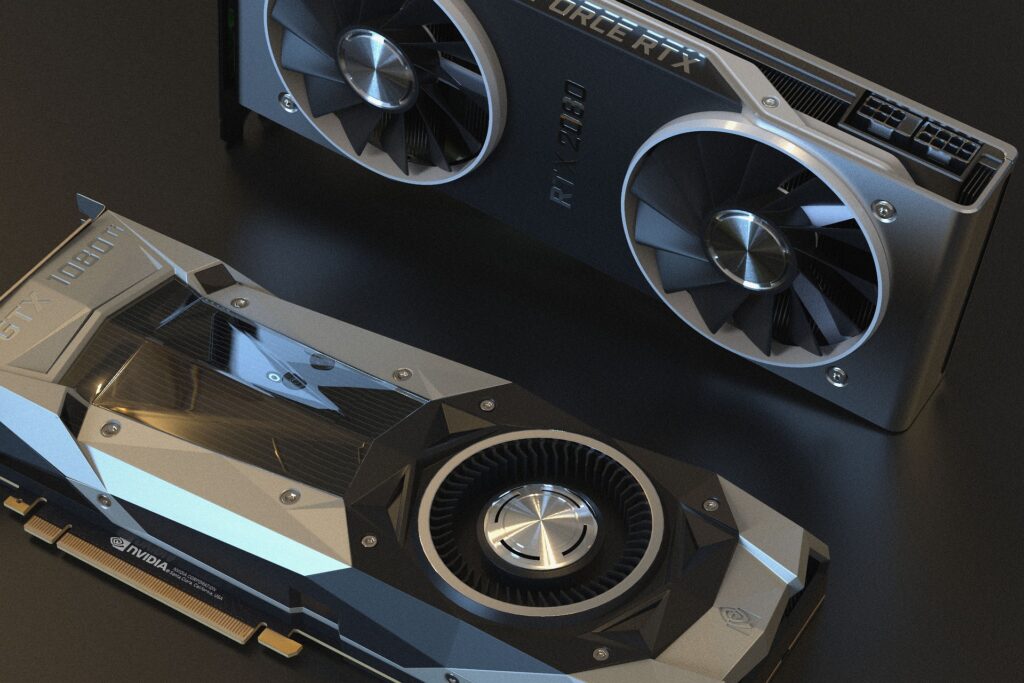A GPU, or Graphics Processing Unit, is a specialized type of processor designed to handle complex mathematical and graphical computations. Unlike the CPU, which is optimized for general-purpose computing, the GPU is designed specifically to accelerate graphics-intensive tasks, such as 3D rendering, video encoding, and scientific simulations. The GPU consists of thousands of small processing cores that work in parallel to perform calculations quickly and efficiently. As a result, GPUs are often used in applications that require high performance and fast processing, such as gaming, video editing, and machine learning.
The above paragraph provides a summarized brief on GPU. To gain more details on GPU, please read the rest of the article.
If you’re a gamer or a video editor, you’ve probably heard of the GPU. The GPU, or Graphics Processing Unit, is responsible for rendering images and videos on your computer’s screen. But what exactly is a GPU, and how does it work? In this article, we will explain the GPU’s role in your computer and provide examples to help you better understand its importance.
What is a GPU?
A GPU is a specialized processor designed to handle complex calculations related to graphics and video. Unlike the CPU, which is designed for general computing tasks, the GPU is optimized for parallel processing and can handle large amounts of data simultaneously. The GPU is typically located on a separate card installed on the motherboard of your computer.
How does a GPU work?
The GPU works by processing large amounts of data in parallel. It breaks down complex graphics and video tasks into smaller, more manageable pieces before processing. It has thousands of cores that can perform calculations simultaneously, making it much faster than the CPU at rendering graphics and video. The GPU also has its own memory, called VRAM, which stores data related to the graphics and video being rendered.
For example, imagine that you’re playing a video game. The GPU receives instructions from the game and renders the images and animations in real-time. The GPU then sends this data to the monitor, which displays the images on the screen.
Why is the GPU important?
The GPU is essential for rendering high-quality graphics and video in real-time. A faster GPU means that your computer can render images and video more quickly, resulting in smoother and more detailed visuals. The GPU is also important for tasks such as video editing, where large amounts of data need to be processed in real-time.
For instance, if you’re editing a 4K video, a powerful GPU can render the video more quickly and smoothly, allowing you to work more efficiently. Similarly, if you’re playing a high-end video game, a powerful GPU can render the game’s graphics more quickly and smoothly, resulting in a better gaming experience.
Examples of popular GPUs
- Nvidia GeForce RTX
- AMD Radeon
- Intel Iris Xe MAX Graphics
- Nvidia Quadro
Apart from consumer GPUs, several industrial GPUs are designed to perform specific tasks. For instance, the NVIDIA Tesla GPUs are used for scientific computing, machine learning, and deep learning. The AMD Radeon Instinct GPUs are optimized for artificial intelligence, high-performance computing, and machine learning workloads.
